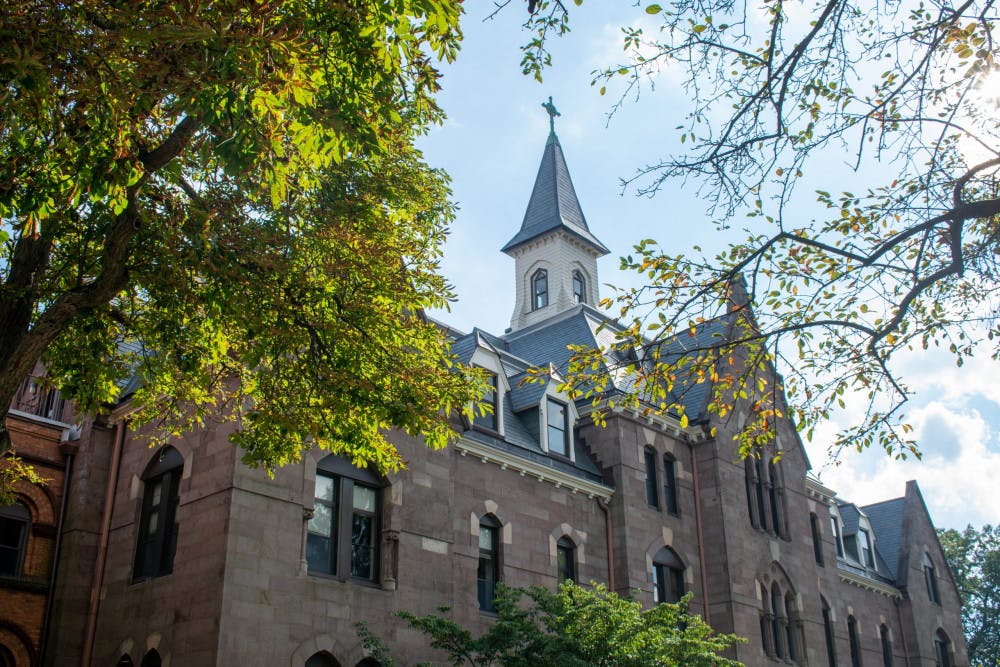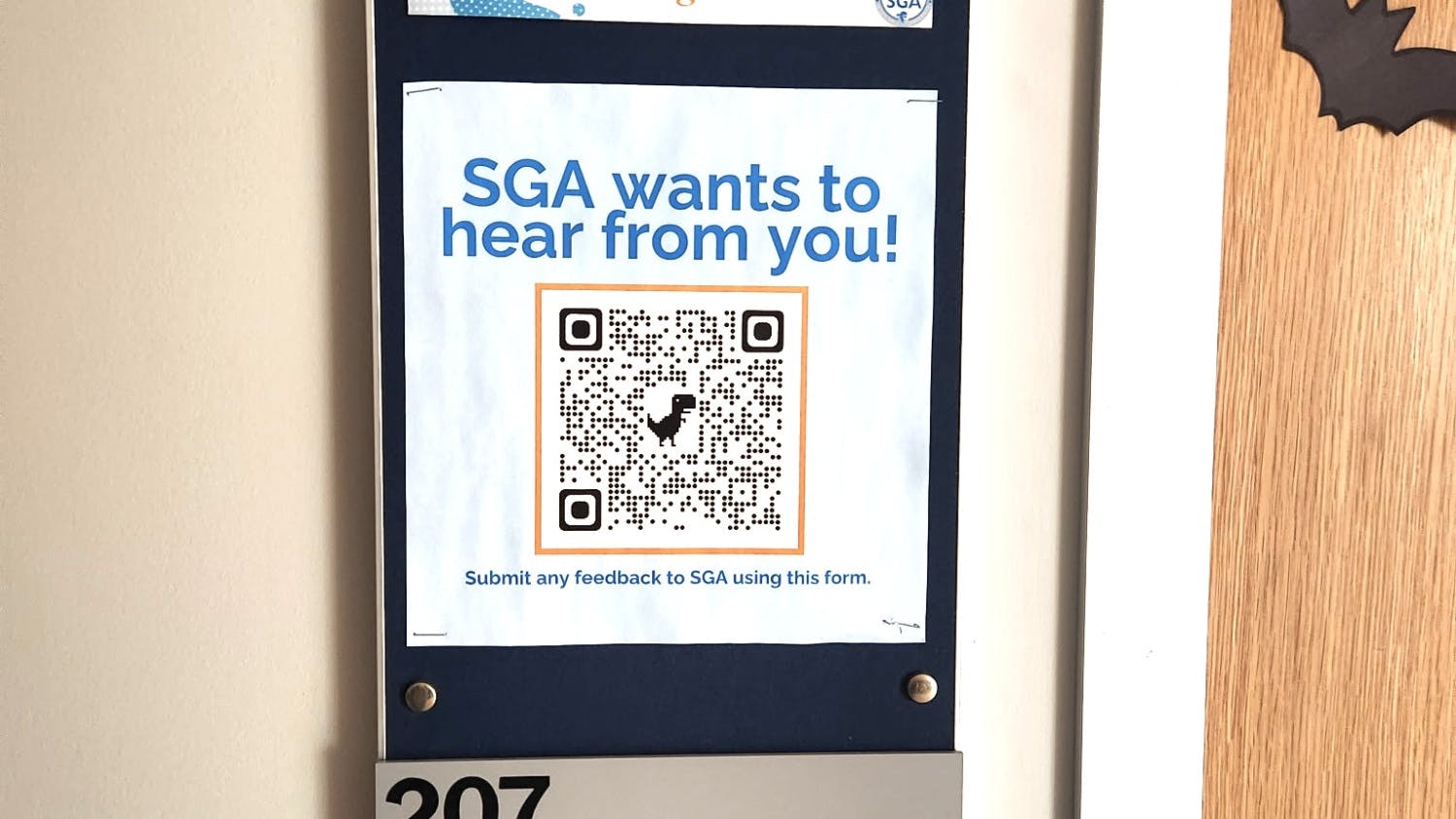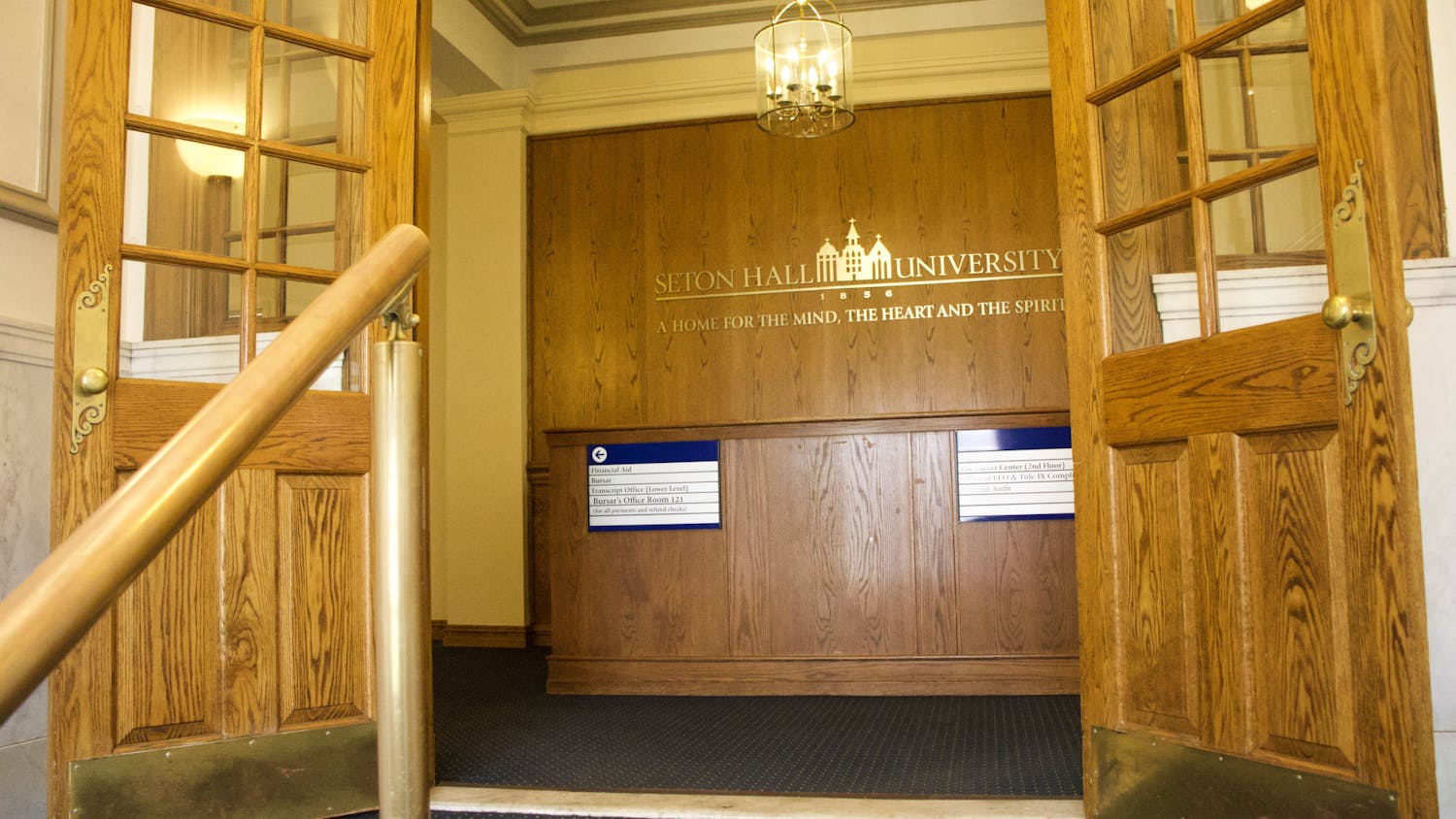South Orange Village and Seton Hall officials provided differing accounts of how deeply local public health officers were involved in drafting the University’s COVID-19 Restart Plan.
A Village official with knowledge of the situation told The Setonian last week that the University did not formally send its official Restart Plan to the Village until Aug. 13, the day after N.J. Gov. Phil Murphy signed an executive order allowing colleges to resume in-person instruction and just three days before move-in officially began for resident students.

The differing narratives come in the wake of a meeting between South Orange Village President Sheena Collum (‘06) and University representatives, which convened on Aug. 24 to discuss details of the University’s reopening plan and “ensure compliance” with local regulations, Collum said.
In a readout of the meeting, interim Vice President of University Advancement Matthew Borowick (‘89) told The Setonian on Aug. 23 that “while a spirited discussion took place,” both the Village and the University “agreed to work together on a series of information and communication actions, including regular meetings between health officials, signage in business windows, and a contact method for residents wishing to reach the University.”
But when pressed on why some Village officials characterized Seton Hall as having left them out of the discussion around its restart, University spokesperson Michael Ricciardelli rejected their accounts in two statements sent to The Setonian, saying on Tuesday that there was “regular consultation” between South Orange and the University.
“In addition to numerous text messages, 24 plan advisories were sent between March 21 and Aug. 23, 2020, and 102 email exchanges occurred between Health Dept officials and Seton Hall administrative and health officials between February 28 and August 27, 2020,” Ricciardelli said.
Ricciardelli also said in another statement sent on Friday that the University twice shared its restart with the Village, first when a “detailed outline of the University’s Restart Plan was sent via email to a South Orange health official” on June 26, and again on July 29 following the confirmation of the University’s plan by the state.
According to Ricciardelli, the University fully complied with guidelines from the N.J. Office of the Secretary of Higher Education (OSHE) in formulating their Restart Plan, which states that schools should “work with their local health departments to develop testing plans and to integrate contract tracing efforts.”
“Documents clearly indicate this occurred,” Riccardelli said. “Any interpretation that OSHE guidelines require local health department officials be seated on internal college shared governance committees is incorrect and erroneous.”
But South Orange Office of Emergency Management (OEM) Coordinator Scott Egelberg (’08) said on Friday that the Village was “unable to confirm these details sent by Seton Hall,” and noted that it has no record of the plan being sent either on June 26 or July 29. “We have reached out to Seton Hall for clarification as to who they sent the plan to, but have not heard back yet,” He said.
“We love the students in our town and have always cherished the relationship we have had with the school, a relationship that goes back to the 1860s when what was then Seton Hall College moved to South Orange,” Egelberg noted, but flatly denied that the Village was ever consulted during the University’s planning period.
“The University touts that they created a committee of over 140 administrators, faculty, students and public health experts, however not one single member of South Orange's government was invited to participate,” He said. “None of our elected officials. None of our health department staff. None of our OEM or public safety staff. Nobody affiliated with South Orange participated in this Restart Plan.”
Still, Egelberg cited a since amended error in the University’s FAQ on contact tracing as one of the more glaring examples of the Village’s lack of participation, which said that if a student tests positive, they may hear from the University’s own Health Services to conduct contact tracing rather than their local Health Department.
“That's false. All contact tracing is coordinated through the local health department,” Egelberg said. “Health services cannot do it on their behalf.”
The Village sent “multiple requests” to the University to take down the information, Egelberg said, the most recent of which was sent through legal means.
“Keep in mind though that if the University sent us the internal testing and contact tracing plans like they were supposed to, we would've caught this and other potential inaccuracies we haven't found yet since we have to sort through various web pages to see some of their plan,” He said.
According to Egelberg, as of Friday afternoon, the Village still had not received the University’s full testing and contact tracing plan and was continuing to request its delivery “so that our Health Department can take a look at it and advise of changes if necessary.”
In response, Riccardelli said that the University has since changed the sentence on its website “to further clarify [contact tracing] protocols” and that the University “has published its processes including daily symptom screening, testing and quarantine/isolation practices.”
“Now while we acknowledge that we are extremely disappointed with our lack of inclusion with this Restart Plan, we realize what's done is done and we are ready to move forward to a better working relationship,” Egelberg said. “However, it seems like every time we attempt to move forward, the University sends out press releases or contacts us through our town attorneys because they are unhappy with how they are being portrayed in the media.”
Egelberg noted that following the Aug. 24 meeting between Village and University officials, Seton Hall sent a letter from an attorney voicing displeasure with how they were portrayed by a third party, hyperlocal news source.
“This was just baffling to us and a poor way to show their commitment to working together,” He said.
According to Riccardelli, “This is not true.”
“The University called and sent a letter to local officials: (1) conveying its disappointment by the tone and content of a recent meeting with local officials; (2) seeking to clarify misstatements by local officials and correct any misunderstanding of the Village; and, (3) to overcome the unfortunate mischaracterization of the University’s comprehensive planning and efforts,” He said.
The confusion between Village and University officials comes at a crucial moment for the two entities as Seton Hall begins to fully implement its restart plan, with in-person classes having commenced on its South Orange campus on Monday. Last week, the University reported its third case of the fall semester on Aug. 24, bringing the University to a total of 10 cases since March.
According to a South Orange Police Department (SOPD) Sergeant Adrian Acevedo, who spoke briefly with The Setonian over the phone on Aug. 25, the SOPD has received complaints of large gatherings at houses which callers have been described as fraternity or Seton Hall-related homes in the Village, an account that was corroborated by Collum who said she had received “dozens” of complaints from Village residents – though noted some of these may have multiple people reporting about the same events.
“I make myself very accessible to the public, so over the course of the first week of move-in, there had to be hundreds of messages or social media tags or threads that were happening in our community where somebody brought my attention to it,” Collum said. “So, there is a general overall concern that the pledge that students took, they may be taking it very seriously on campus, but then relaxing some of those requirements off campus.”
In response, Collum said that the Village would link to a University-operated complaint form for South Orange residents to report student non-compliance off-campus, which can carry hefty penalties.
Reporting by The Setonian discovered that Seton Hall planned to administer fines of as much as $1,000 to non-compliant students that live off-campus and would rely heavily on the SOPD to enforce compliance outside of the University’s gates.
“The off-campus activities with large gatherings are of grave concern to the Village and the police department, first and foremost, wants people to comply,” Collum said. “We don't want to use the enforcement arm of the police department. We are just looking for compliance.”
Still, Collum noted that the SOPD would break up large gatherings in accordance with Governor Murphy’s executive orders, and the names of violators would be turned over to the University when necessary.
“I admire the amount of work and preparation that the University put into the Restart Plan,” She said. “At this point, I think it's important that we partner between the University and our Department of Health moving forward in being flexible about how we make adjustments based on how the University community is faring on-campus and off-campus, and how that may or may not impact our numbers.”
Nicholas Kerr can be reached at nicholas.kerr@student.shu.edu. Find him on Twitter @nickdotkerr.
CORRECTION: A version of this story previously spelled Mr. Egelberg’s last name as “Egleberg.” This has been amended.





